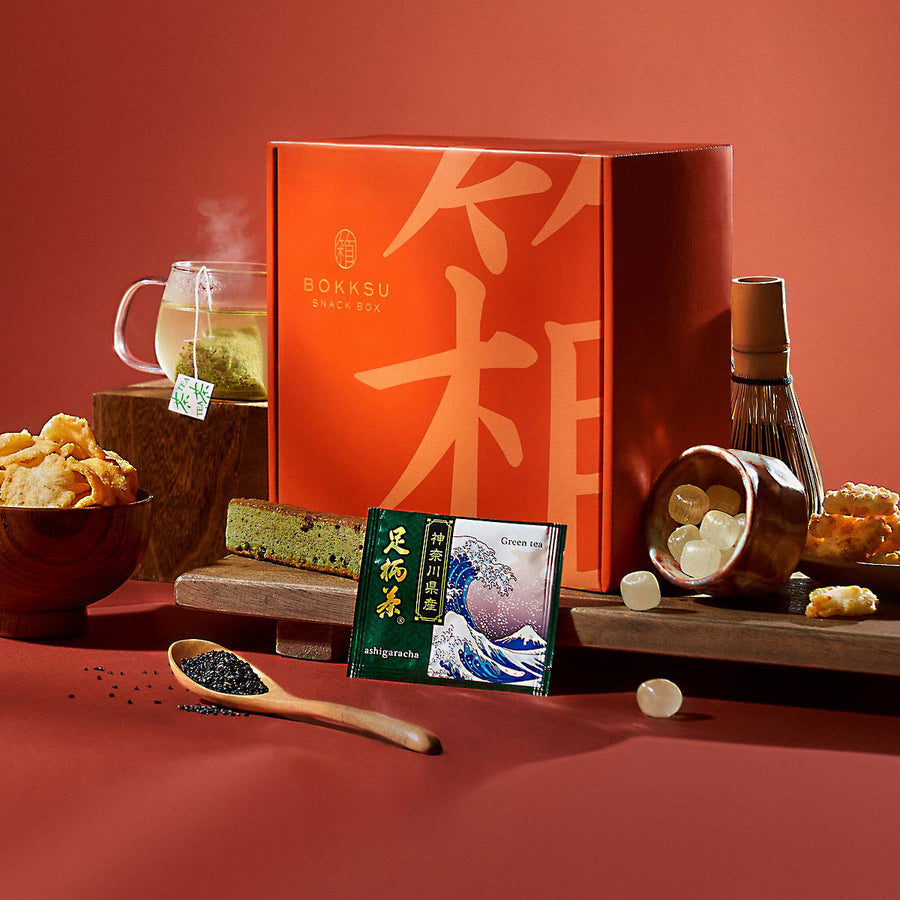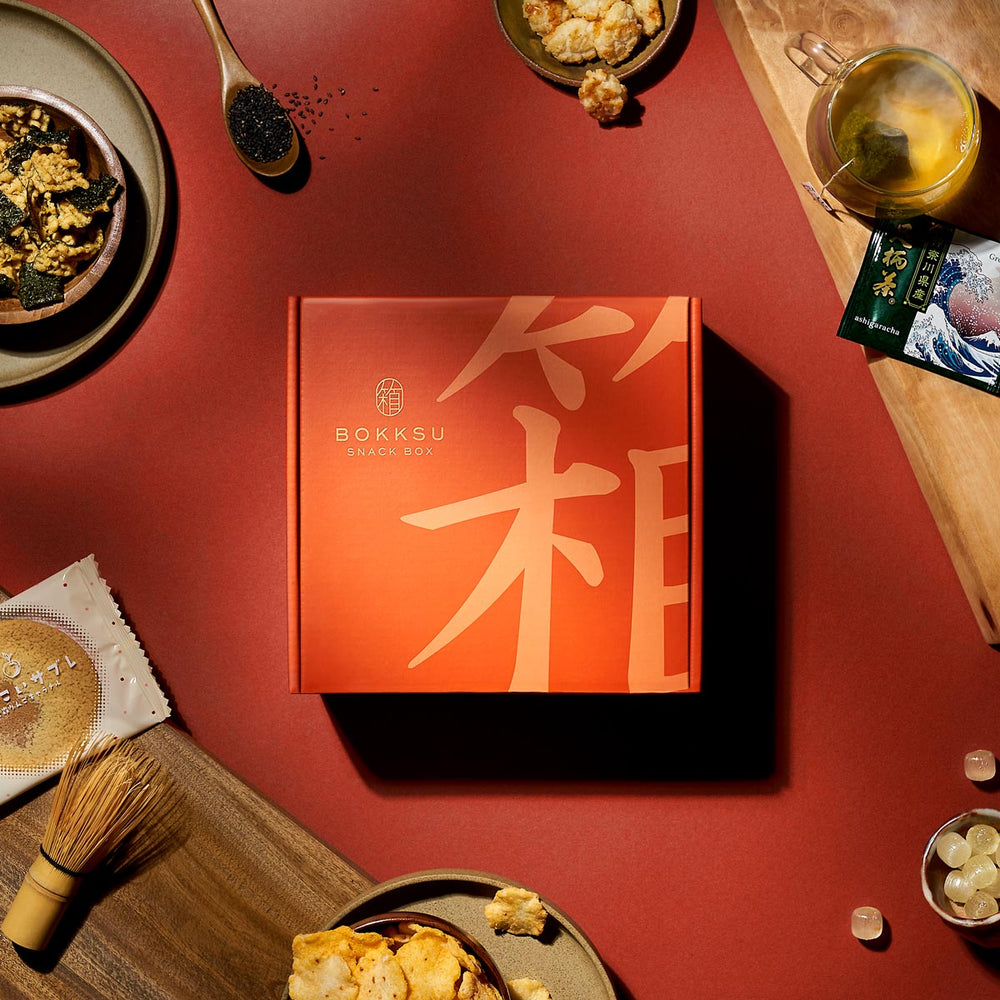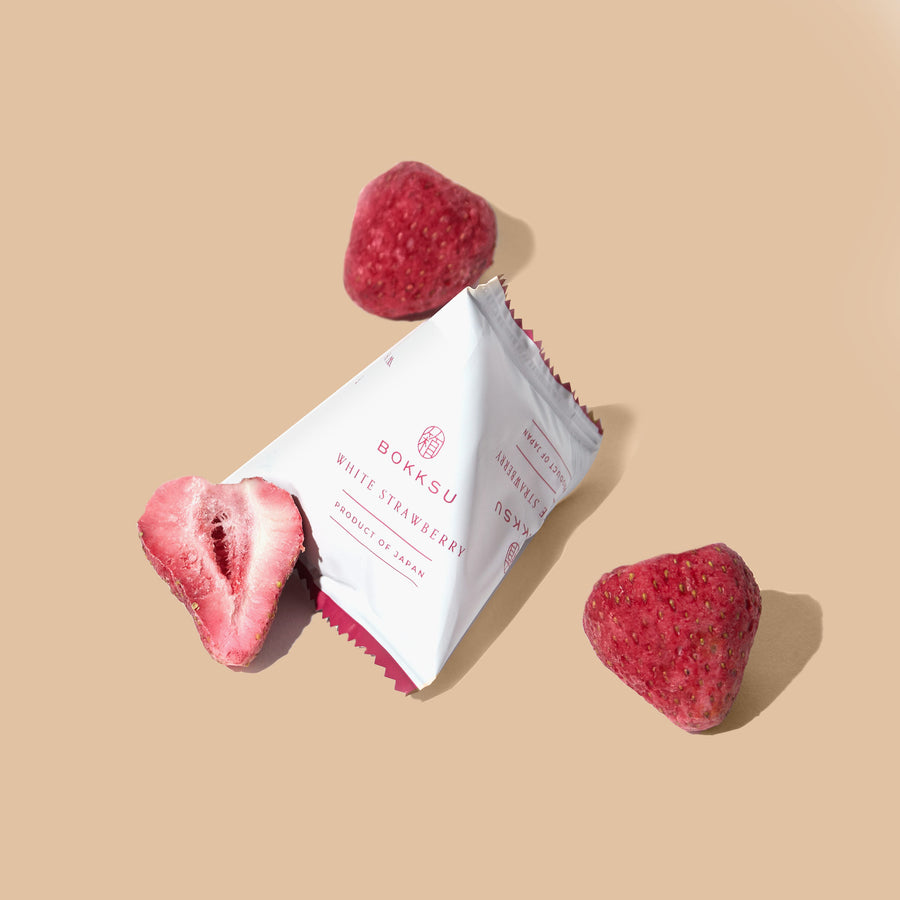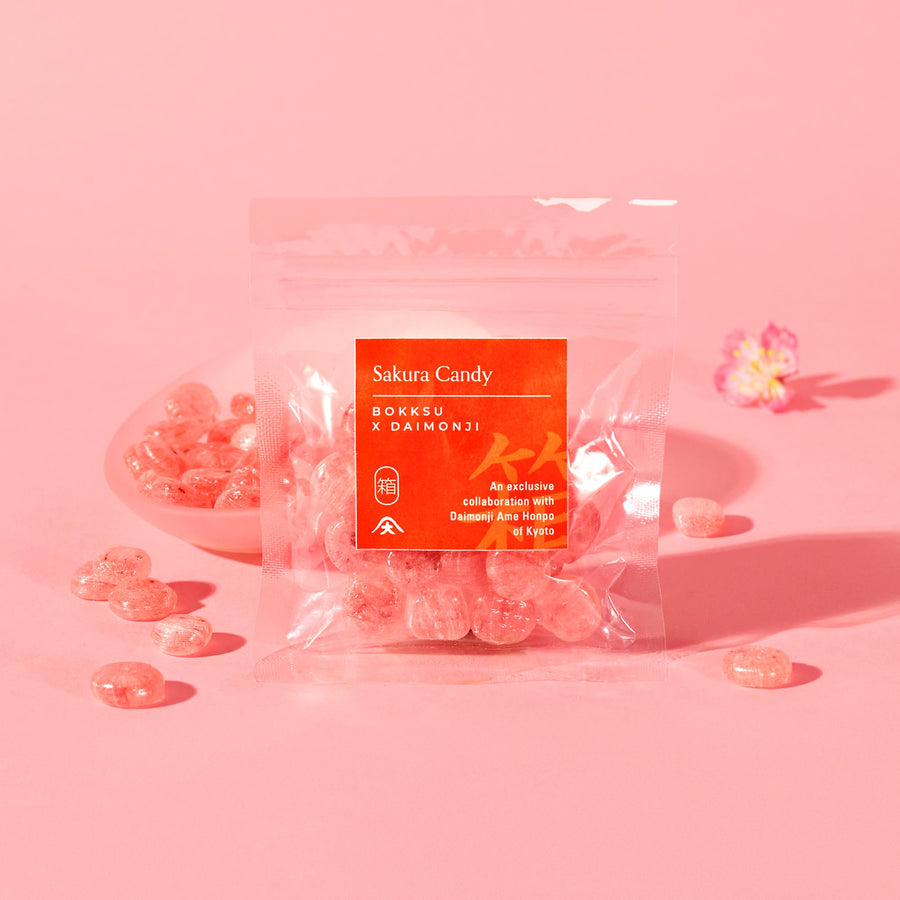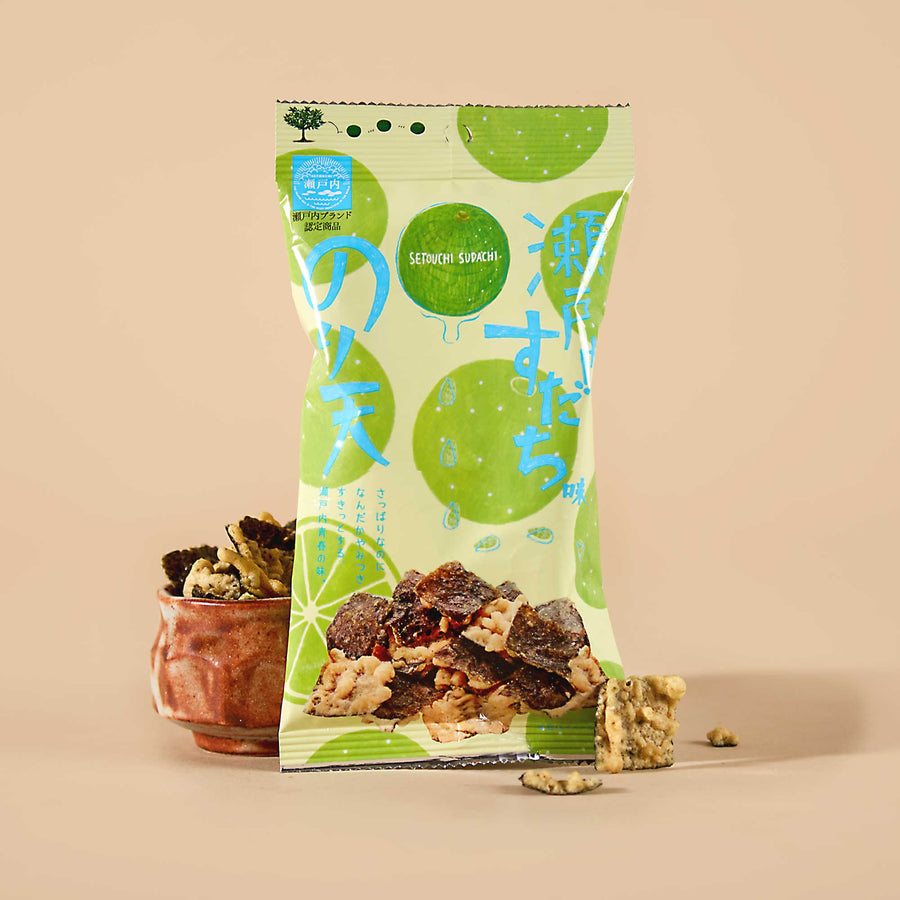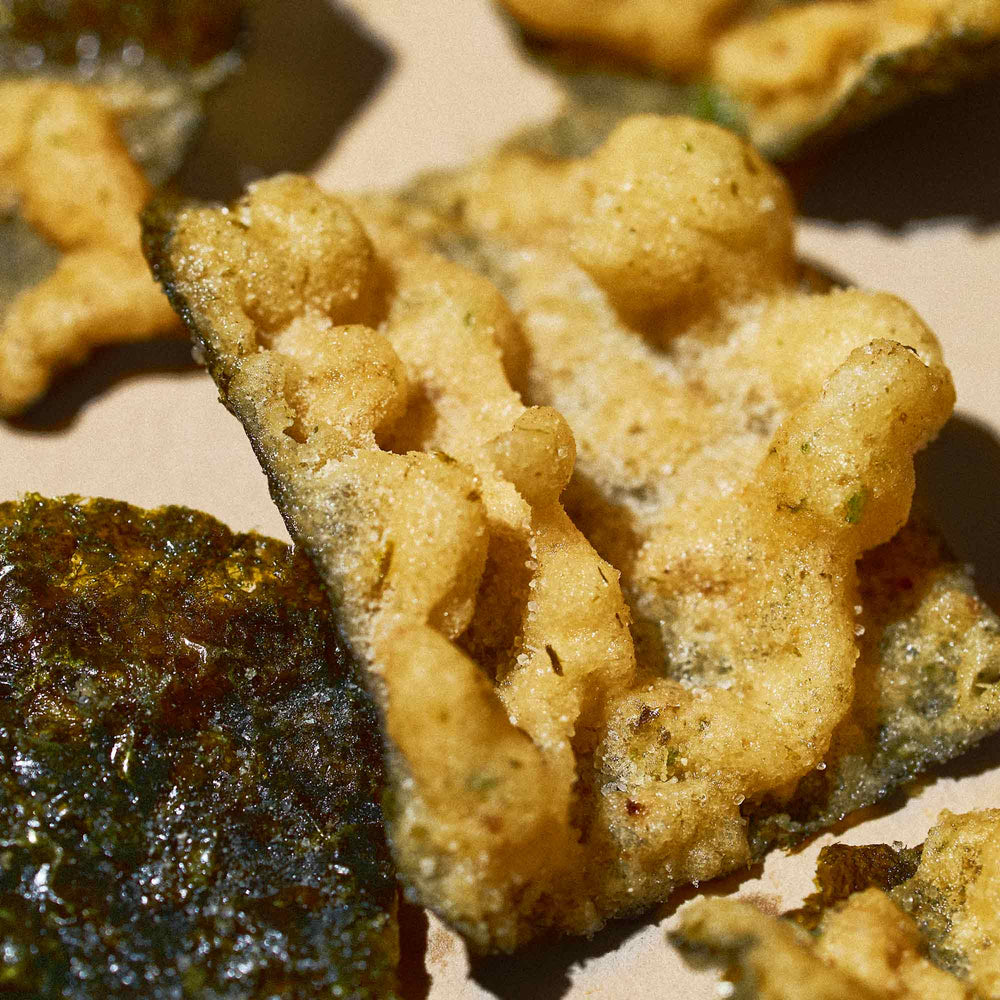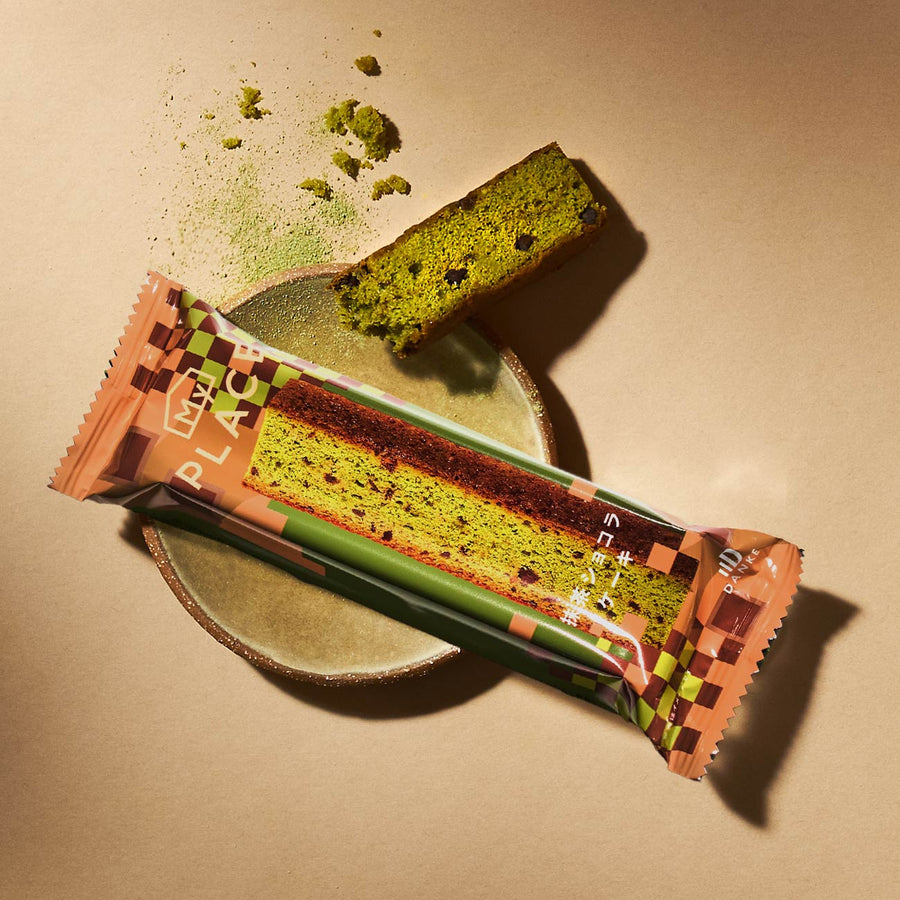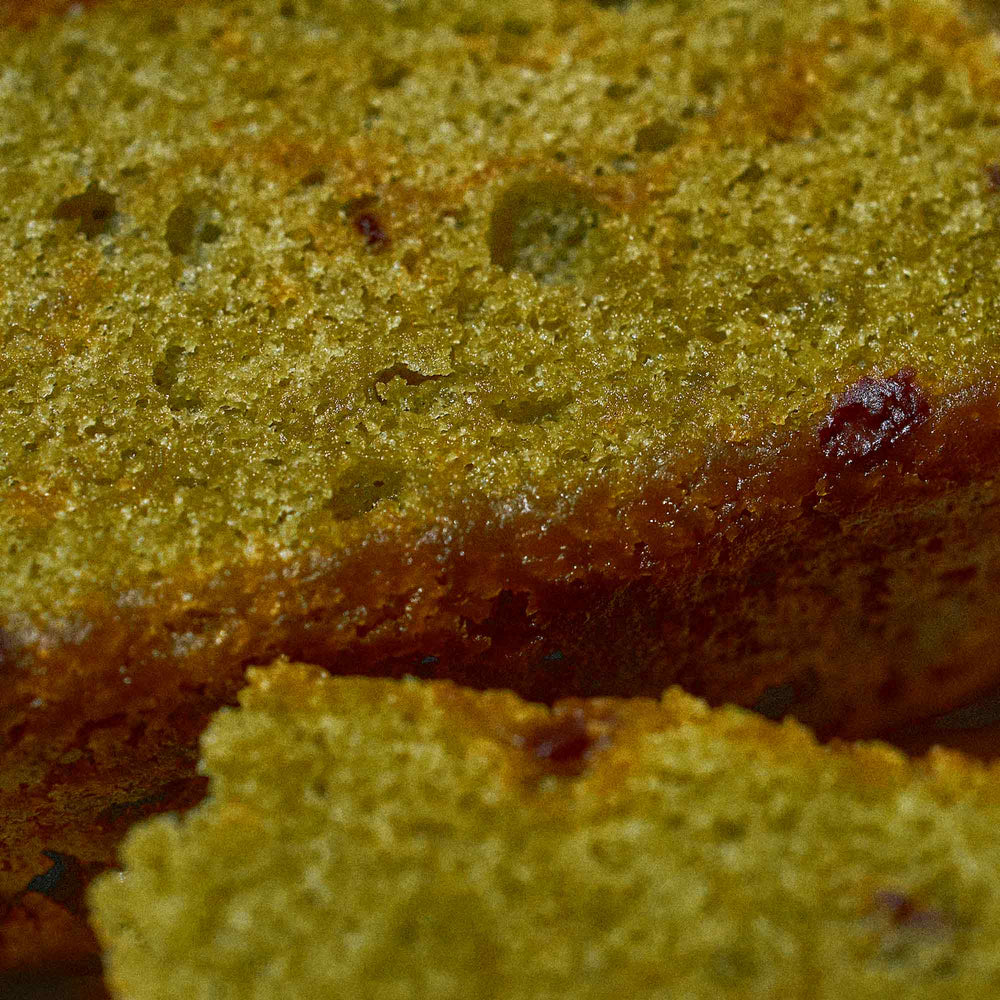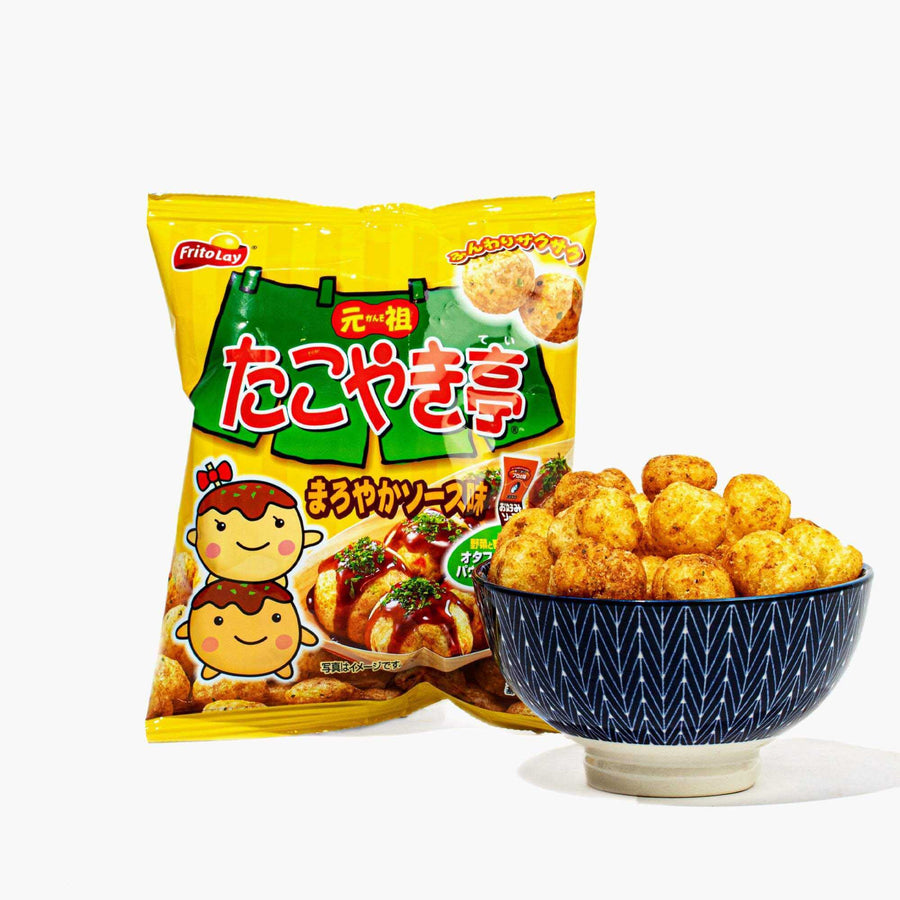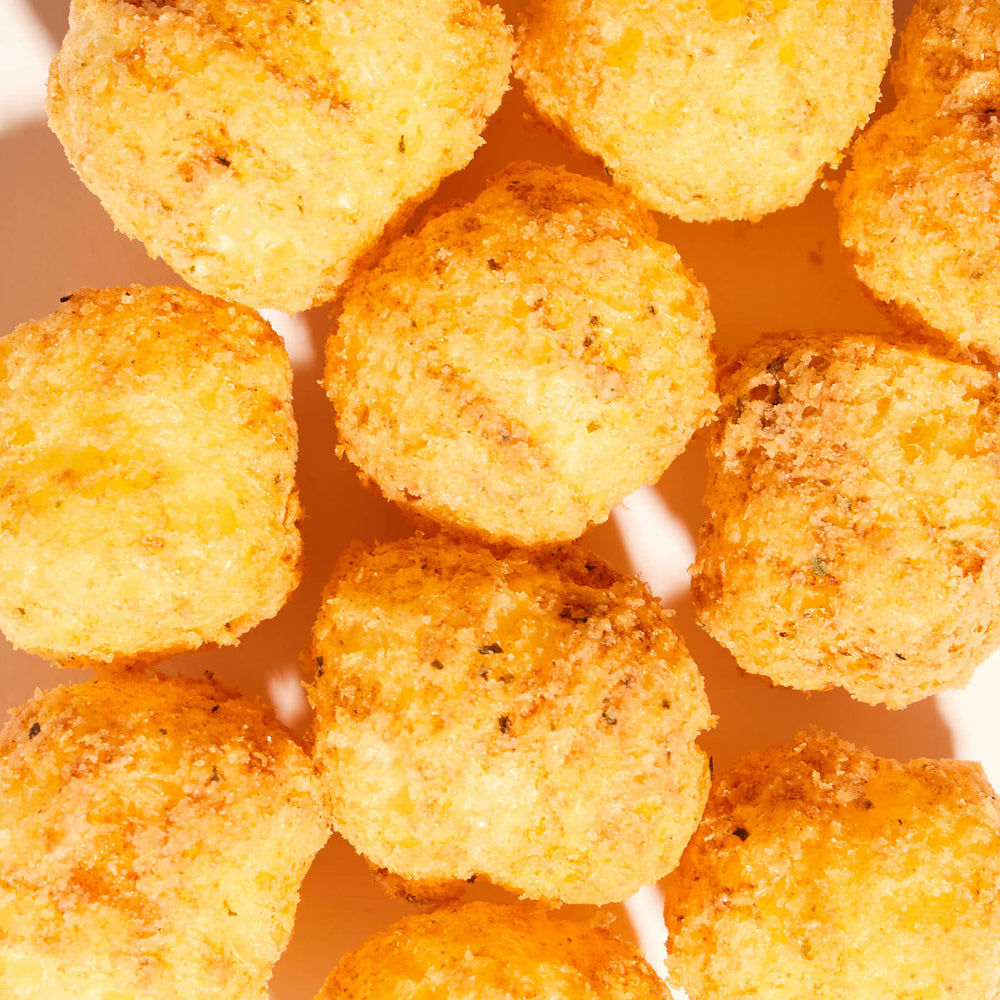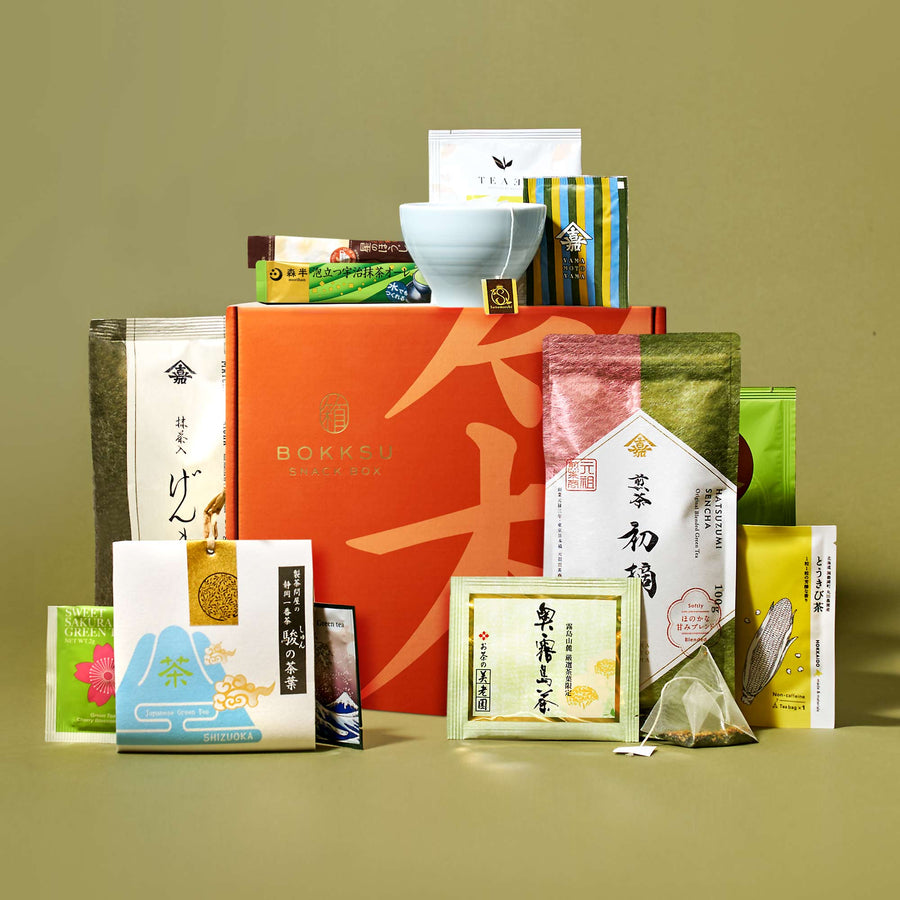The Path of the Sword: Discovering the Spirit and Sport of Kendo in Japan
Introduction to Kendo

Kendo, known as the "way of the sword," is a modern Japanese martial art famous for its use of shinai (bamboo swords) and bogu (protective armor). Evolving from Kenjutsu, a traditional martial art practiced by samurai, Kendo has developed into a sport that values both technical proficiency and mental discipline. This martial art sharpens physical abilities while cultivating respect, mental clarity, and perseverance, maintaining its samurai heritage in the realm of contemporary Japanese martial arts.
The History of Kendo

Kendo began as Kenjutsu, the art of swordsmanship practiced by the samurai during Japan's feudal era. Kenjutsu involved various techniques and strategies for sword combat, with samurai undergoing rigorous training to refine their skills, balance, and reflexes for real battle scenarios. As warfare evolved and the samurai's role changed, the focus on practical combat training decreased, giving rise to Kendo, a more structured and ritualized form of swordsmanship.
The shift from Kenjutsu to Kendo began during the Edo period, a time of prolonged peace in Japan. As the focus moved away from actual combat, the techniques of the Japanese sword evolved from method of killing to principles of personal development reflecting the samurai's disciplined lifestyle. With fewer chances for real battles, samurai and practitioners adapted their swordsmanship to preserve their skills in a new context, leading to the creation of Kendo. This new form of martial arts emphasized technique, form, and mental discipline, and was formalized with the introduction of protective armour and bamboo swords, allowing for controlled, full-contact sparring.
Today, Kendo is practiced worldwide and is esteemed for its emphasis on both physical and mental growth. As a sport, Kendo involve structured matches that highlight the importance of timing, distance, and technique, while continuing to honor traditional values such as respect, etiquette, and perseverance.
Kendo Equipment: Understanding Shinai and Bogu

Two key elements s of Kendo gear are the shinai (bamboo sword) and bogu (protective armour), both of which are crucial for practicing this Japanese martial art safely and effectively.
The shinai is a bamboo sword used in Kendo for practice and competition. Unlike actual swords, it is lightweight and flexible, enabling kendoka (Kendo practitioners) to refine their technique, timing, and precision while reducing the risk of injury. A typical shinai is made from four bamboo slats bound together with leather fittings, including the tsuka (handle), kashira (cap at the end of the handle), and tsukagawa (handle wrap). Shinai come in various sizes, styles, and balances to suit different kendoka.
The second essential piece of Kendo gear is the bogu, the protective armour worn by kendoka during practice and competitions to safeguard against injury while allowing freedom of movement. The bogu comprises four main components: the men (helmet), which includes a metal grille and padding to shield the head, face, and throat; the do (chest and stomach guard), crafted from metal and padding to protect the torso; the kote (gloves), covering the forearms and hands; and the tare (waist guard), which protects the hips and thighs. The inner lining of the bogu is padded to absorb impacts and ensure comfort.
Proper maintenance of Kendo equipment is essential for safety and performance. The shinai is regularly checked for cracks or splinters, and the leather fittings are restrung as needed. The bogu is also inspected frequently for signs of wear and tear. Both the shinai and bogu require thorough cleaning and drying after each use and stored in a well-ventilated area to ensure their longevity and effectiveness.
Basic Techniques and Stances in Kendo

Kendo practice focuses on mastering a range of sword techniques, stances, and movements. Kamae refers to the various stances or postures in Kendo, forming the basis for all actions and attacks. There are five key kamae, each associated with one of the five elements:
-
Chudan (water), the most basic stance,
-
Jodan (fire), an aggressive stance poised for a powerful downward strike,
-
Gedan (earth), a defensive stance with the shinai's tip pointing downward,
-
Hasso (wood): a traditional stance used in Kenjutsu,
-
Waki (metal), a stance where the sword is concealed behind the body.
Basic Kendo techniques include the Men strike, targeting the top of the opponent's head; the Kote strike, aimed at the wrist; and the Do strike, directed at the side or torso.
Kendo Training: A Typical Session

A typical Kendo training session starts with warm-ups and conditioning exercises to prepare the body for the intense movements ahead. Common exercises include basic sword swings performed in the air and repetitive drills that integrate attacking and defensive maneuvers, aiming to build endurance, strength, and coordination. After warming up, practitioners focus on fundamental techniques through structured drills, practicing stances, strikes, and footwork either with a partner or solo.
The core of Kendo practice is keiko, which involves sparring. During keiko, practitioners engage in one-on-one matches where they apply techniques learned in drills in a realistic setting. They aim to execute their strikes and defenses while reading and reacting to their opponent's movements. Kendoka also practice Nihon Kendo Kata, a set of pre-arranged forms that teach fundamental swordsmanship principles. These kata are performed with a partner using wooden swords and include both offensive and defensive techniques. There are ten Nihon Kendo Kata in total: seven with both practitioners wielding a long sword and three where one uses a long sword and the other a short sword.
Respect and etiquette are central to Kendo practice, with each session beginning and ending with formal rituals. Upon entering the dojo (training hall), kendoka bow to honor the space and their fellow practitioners. The session starts with a bow to the instructor and concludes with a bow to training partners, recognizing their mutual effort and learning. During practice, silence and focus are maintained, with practitioners avoiding unnecessary conversation and distractions.
Kendo Competitions and Grading

As a disciplined sport, Kendo follows a structured set of rules and a grading system in competitions. This grading system assesses a practitioner's skill and progress, offering a clear path for advancement. Practitioners begin at 6th kyu and move through the ranks up to 1st kyu before advancing to the black belt ranks, or dan grades, starting with 1st dan. Achieving higher ranks, up to the esteemed 8th dan, requires rigorous examinations and is awarded for exceptional skill, significant contributions to the art, and extensive experience. The Japan Kendo Federation (JKF) and the International Kendo Federation (IKF) establish and uphold these rules and grading standards to ensure fair play and maintain the sport's integrity.
A typical Kendo match features two competitors facing off in a controlled setting. The goal is to score points by landing valid strikes on designated target areas: men (head), kote (wrist), do (body), and tsuki (throat). Referees oversee the match to ensure adherence to the rules and fair awarding of points. Matches are held in dojos or tournament settings and are conducted within specific time limits. The competitor who accumulates the most points by the end of the match is declared the winner.
The Philosophy Behind Kendo

Beyond its techniques and stances, Kendo is deeply rooted in cultivating discipline, respect, perseverance, and self-improvement. Practicing Kendo is a journey that develops both the mind and spirit, as well as physical skills. Central to Kendo is the principle of discipline, evident in every facet of training—from the meticulous execution of techniques to the adherence to dojo etiquette.
Respect is a core value in Kendo, demonstrated through actions toward instructors, peers, the dojo, and equipment. It fosters a supportive environment and cultivates humility. Alongside this, Kendo demands perseverance, requiring practitioners to remain resilient and determined despite challenges and slow progress. Ultimately, while skill and competition are important, Kendo's primary goal is self-improvement. Known as "the way of the sword," Kendo emphasizes personal growth as a lifelong journey, encouraging practitioners to enhance both their technique and character.
Women in Kendo: Breaking Barriers in a Traditional Sport

Historically, Kendo, like many martial arts, was predominantly practiced by men. In recent decades, however, the sport has evolved to embrace gender diversity, with an increasing number of women participating and excelling. Both the Japan Kendo Federation and the International Kendo Federation have been instrumental in advancing gender inclusivity by providing more opportunities for women to train and compete, leading to a notable rise in female kendoka.
The rising involvement of women in Kendo has significantly transformed modern Japanese martial arts. Gender diversity has introduced fresh perspectives and approaches to training and competition, enhancing the sport overall. Women's participation has cultivated a more inclusive and supportive environment where practitioners of all genders can learn and progress together. As Kendo becomes increasingly inclusive, its global expansion continues to accelerate. Female Kendoka competing internationally have helped dismantle cultural and gender barriers, fostering greater understanding and exchange among diverse communities. Their achievements are celebrated worldwide, inspiring new generations and expanding the sport’s appeal.
Kendo Around the World

The global growth of Kendo is largely due to the efforts of organizations like the All Japan Kendo Federation (AJKF) and the International Kendo Federation (IKF). These organizations have been pivotal in advancing the sport by organizing seminars, workshops, and competitions worldwide. The IKF, in particular, has played a crucial role in expanding Kendo beyond Japan, assisting national federations and clubs, and establishing a cohesive framework for the sport’s development.
A key moment in Kendo’s global expansion was the founding of the European Kendo Federation (EKF) in 1969, which has been instrumental in promoting Kendo throughout Europe. Today, Kendo clubs are established in nearly every part of the world, including North America, Asia, Australia, and Africa. These clubs act as local centers where enthusiasts gather to practice Kendo, share their passion, and explore Japanese culture and philosophy.
With clubs spread across the globe, international Kendo events like the World Kendo Championships, organized by the IKF, unite practitioners from various countries. These gatherings provide opportunities for competition, experience-sharing, and mutual learning, showcasing the universal principles of Kendo and fostering a sense of global community among its practitioners.
Conclusion:

Kendo's lasting appeal stems from its capacity to both challenge the body and discipline the mind. As a martial art, it provides intense physical training while also cultivating mental resilience, focus, and respect. This distinctive blend makes Kendo more than a mere sport; it serves as a journey of personal growth and self-improvement. Whether pursued for its physical advantages or its philosophical depth, Kendo enhances practitioners by integrating traditional techniques with enduring values of discipline and mental clarity.
Whether you’re perfecting your Kendo skills or introducing the art to a loved one, enrich your Kendo journey with Bokksu Boutique's thoughtfully curated gifts, making each step even more memorable.









